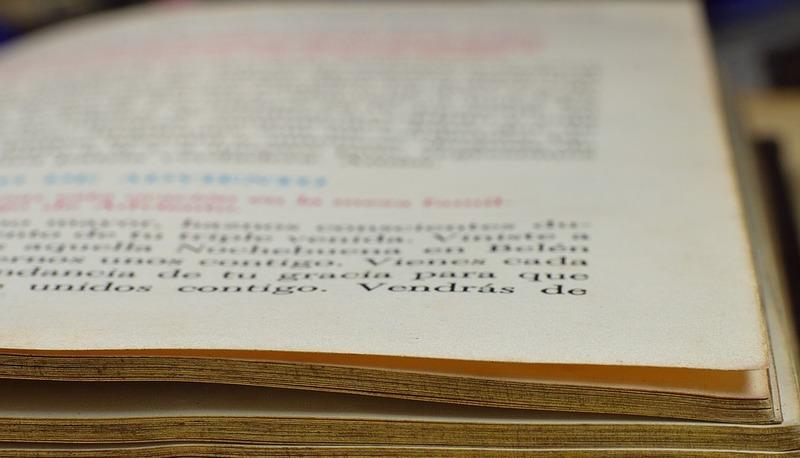Concetti Chiave
- The narrator and Heriot visit a churchyard at night to see a specific tomb without a headstone, only adorned with marble hands.
- The marble hands appear so lifelike that the narrator briefly believes they might be real and living.
- Heriot shares the story of the tomb, explaining it belongs to an acquaintance of his aunt who adored her hands and had them sculpted in marble for her grave.
- After the woman's death, her husband remarried, and his new wife requested the removal of the marble hands.
- Despite the new wife's demands, Heriot finds the hands still present, creating an eerie sense of darkness and horror.
This is a short story by Bernard Capes.
Indice
Visita notturna al cimitero
The narrator and his friend Heriot enter a churchyard at night, probably to pay a visit to one of Heriot’s dead relatives. While they’re walking among the tombstones, Heriot stops and asks the narrator to go and look at a particular tomb and then tell him what he has seen. That tomb has no headstone, but only a couple of marble hands, as white and shiny as if they were real, so much that the narrator, for a moment, feels that they’re living hands, coming out of the grave. He runs back to Heriot and tells him that the hands are still there.
La storia delle mani
Afterwards, Heriot tells the story of that tomb: it was the grave of one of his aunt’s acquaintances, who was very fond of her hands. Her hands were indeed the most beautiful part of her body, she had them photographed and then sculpted in marble. There was, however, something wicked about her fondness. Her desire was to have those marble hands on her grave once she was dead, and so it happened.
Il ritorno delle mani
Her husband married again after her death, and his new wife demanded those hands to be removed from the grave. But when Heriot went there to look at the tomb, he saw that the hands were still there, and had a bad feeling of darkness and horror: in that moment, he wasn’t sure if it was his imagination, or if the hands had been actually put back in their place. That’s why he asked the narrator to go and check the place.

Si tratta di un racconto di Bernard Capes.
Visita notturna al cimitero
Il narratore e il suo amico Heriot entrano di notte in un cimitero, probabilmente per far visita a uno dei parenti morti di Heriot. Mentre stanno camminando tra le tombe, Heriot chiede al narratore di andare a controllare una tomba particolare e di riportargli quanto vede. Quella tomba non ha una scritta, ma solo una coppia di mani scolpite in marmo, bianche e brillanti come se fossero vere, così tanto che il narratore, per un momento, ha come la sensazione che siano mani vive che escono dalla tomba stessa. Corre indietro da Heriot e gli conferma che le mani sono ancora lì.
La storia delle mani
In seguito, Heriot racconta la storia di quella tomba: era la tomba di una conoscente di sua zia, che era ossessionata dalle proprie mani. Esse erano in effetti la parte più bella del suo corpo, tanto che se le faceva fotografare e addirittura se le fece scolpire in marmo. Tuttavia, c’era qualcosa di strano e malvagio nella sua ossessione per le mani. Era suo desiderio avere quelle mani in marmo sopra la sua tomba una volta morta e così accadde.
Il ritorno delle mani
Suo marito, dopo la sua morte, si risposò, e la sua nuova moglie pretese che quelle mani fossero levate dalla tomba. Ma quando Heriot tornò sul posto per controllare, vide che le mani erano ancora lì, ed ebbe una brutta sensazione di oscurità e orrore: in quel momento, non era sicuro se si trattasse della sua immaginazione, o se le mani erano state davvero rimesse al loro posto. Ecco perché ha chiesto al narratore di andare a controllare.
per approfondimenti vedi anche:
Appunti di Letteratura inglese
Domande da interrogazione
- Qual è il tema principale del racconto "The Marble Hands"?
- Perché Heriot chiede al narratore di controllare la tomba?
- Qual è la storia dietro le mani di marmo sulla tomba?
- Cosa succede dopo la morte della donna con le mani di marmo?
- Quali sensazioni prova Heriot riguardo alle mani di marmo?
Il tema principale del racconto è l'ossessione e il mistero legato alle mani scolpite in marmo su una tomba, che evocano sensazioni di oscurità e orrore.
Heriot chiede al narratore di controllare la tomba per verificare se le mani in marmo siano ancora lì, poiché ha una sensazione inquietante e non è sicuro se sia solo immaginazione o realtà.
Le mani di marmo appartenevano a una conoscente della zia di Heriot, che era ossessionata dalla bellezza delle sue mani e desiderava che fossero scolpite in marmo e poste sulla sua tomba dopo la sua morte.
Dopo la morte della donna, suo marito si risposa e la nuova moglie chiede che le mani di marmo vengano rimosse dalla tomba, ma Heriot scopre che sono ancora lì.
Heriot prova una sensazione di oscurità e orrore riguardo alle mani di marmo, e non è sicuro se la sua percezione sia frutto della sua immaginazione o se le mani siano state effettivamente rimesse al loro posto.






 Accedi a tutti gli appunti
Accedi a tutti gli appunti
 Tutor AI: studia meglio e in meno tempo
Tutor AI: studia meglio e in meno tempo